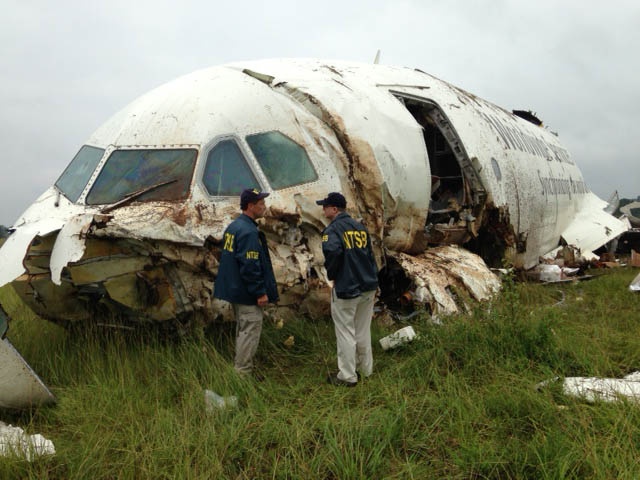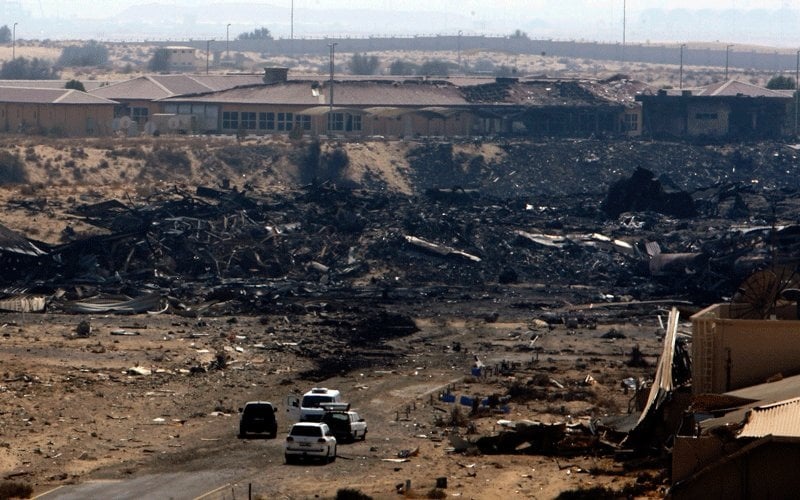UPS Flight 2976, a cargo mission bound for Daniel K. Inouye International Airport in Honolulu, Hawaii, departed Louisville International Airport moments before the disaster, the agency said. Video and eyewitness accounts depicted a plane engulfed in flames as it slid off the runway and into an area containing several businesses. The governor’s office and local authorities stressed that the situation remained active as emergency crews worked to secure the site and account for all personnel.
The Louisville crash appears to be the latest in a history of UPS Airlines fatalities, marking the third fatal UPS crash in its history as a cargo operator. Earlier incidents include UPS Airlines Flight 1354, which crashed on August 14, 2013, near Birmingham–Shuttlesworth International Airport in Alabama while on approach, killing both crew members aboard the Airbus A300F4-622R registered N155UP. Investigations cited pilot error and fatigue as contributing factors, and the accident underscored the challenges of cargo operations on busy approaches. The other noted fatal UPS crash occurred on September 3, 2010, when UPS Airlines Flight 6, a Boeing 747-400F registered N571UP, developed an in-flight fire and crashed near Nad Al Sheba Military Camp in Dubai, killing the two crew members aboard. Those events prompted a re-evaluation of safety procedures protecting airliners from cockpit smoke and fire during flight.
As investigators gather data from flight recorders and air traffic control logs, authorities will examine a range of factors, including weather, maintenance, and crew fatigue, to determine a cause. The National Transportation Safety Board will lead the formal inquiry, with the FAA and UPS cooperating fully. While the immediate focus remains on casualty figures and the rescue operation, the tragedy also raises broader questions about the safety and resilience of cargo networks that keep supply chains moving around the world. Officials stressed that updates will come as evidence is collected and analyzed, and that the public should await official briefings for confirmed details on the aircraft type, crew, and potential environmental impacts.




